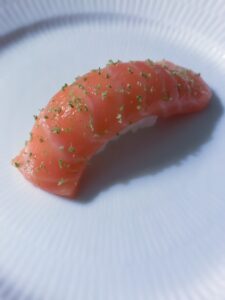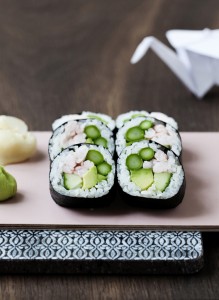
Most people associate seaweed with Japan.
Over the last many decades, more and more people have opened their eyes to sushi seaweed which contain many vitamins and minerals. Sushi is a popular food enjoyed by both children and adults.
The country of Japan consists of a main island and hundreds of small islands. It is a country which is a bit isolated from the rest of the world and which is surrounded by water.
Japan is a fishing country a country that taught the Japanese thousands of years ago to appreciate seafood but also seaweed.
Seaweed was the direct and fastest source of vitamins and minerals.
In today’s Japan, not only sushi is eaten. In Japanese cuisine, many different kinds of seaweed are used. Which seaweed is used depends on the dish in question.
Seaweed is one of the most important vegetables in Japanese cuisine.
Read more about Sushi course for beginners
_
Zoë has lectured and held sushi courses for A. P. Moller – Maersk, Hugo Boss Nordic, Novo Nordisk, Novartis, Velux, Gorrissen Federspiel, Beierholm revision, Elbek & Vejrup and many more.







